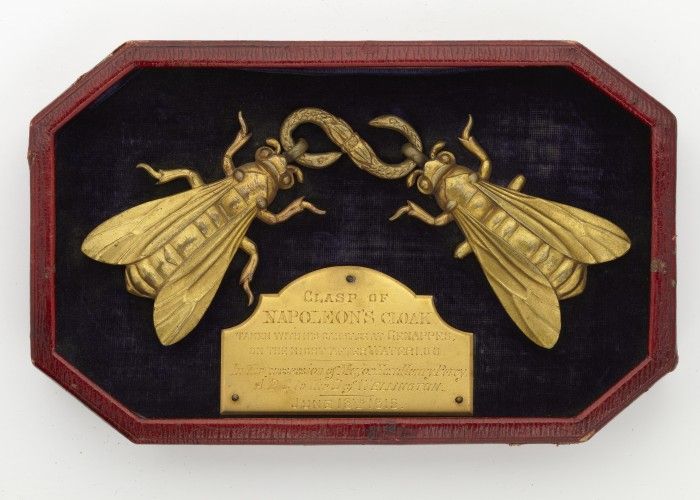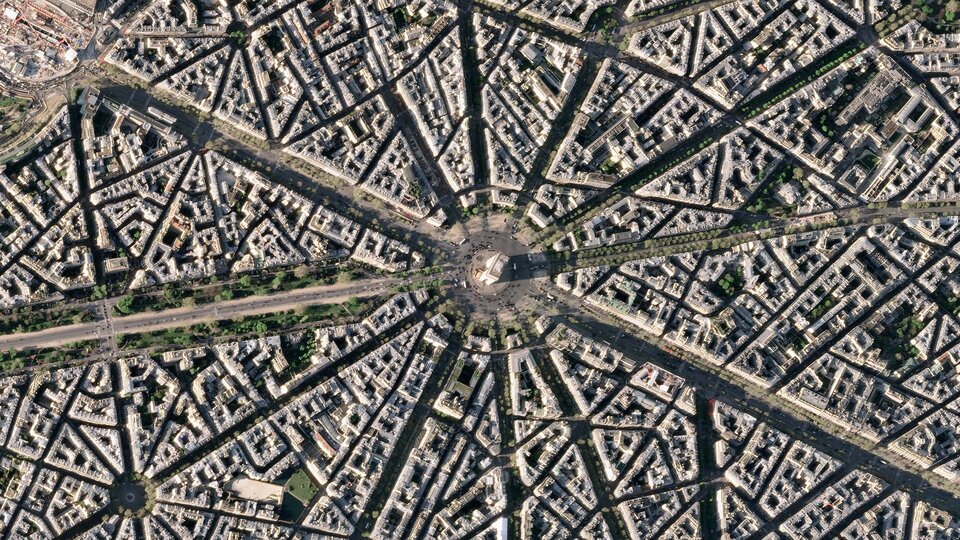|
|
General: MOON PHASE: AUGUST 15, 1969 (APOLLO 11) WAXING CRESCENT 100 YEARS NAPOLEON BORN
Elegir otro panel de mensajes |
|
|
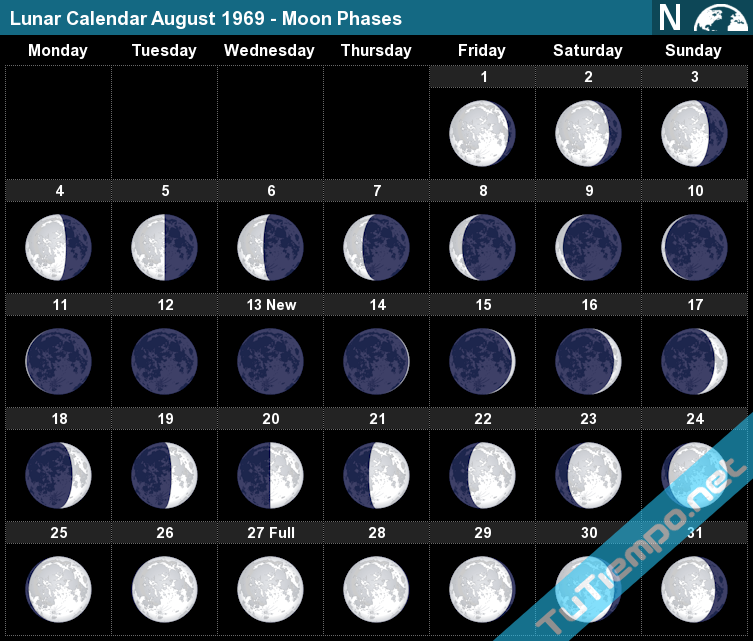
 August 13 New Moon 0% |
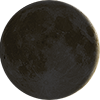 August 14 Waxing Crescent 2%
|
August 15
Waxing Crescent
Illumination: 5% |
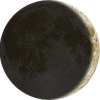 August 16 Waxing Crescent 10%
|
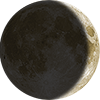 August 17 Waxing Crescent 17%
|
Moon Phase: August 15, 1969
On this day the Moon was in a Waxing Crescent Phase. Best seen in the west after the sun dips below the horizon at sunset. This is the first Phase after the New Moon and is a great time to see the features of the moon's surface. The moon is close to the sun in the sky and mostly dark except for the right edge of the moon which becomes brighter as the days get closer to the next phase which is a First Quarter with a 50% illumination.
Visit the August 1969 Moon Phases Calendar to see all the daily moon phase for this month.
Waxing Crescent Phase
The Waxing Crescent on August 15 has an illumination of 5%. This is the percentage of the Moon illuminated by the Sun. The illumination is constantly changing and can vary up to 10% a day. On August 15 the Moon is 2.11 days old. This refers to how many days it has been since the last New Moon. It takes 29.53 days for the Moon to orbit the Earth and go through the lunar cycle of all 8 Moon phases.
1/3-24/3 =24 DIAS
25/3-17/4=48 DIAS
18/4-11/5=72 DIAS
12/5-4/6 =96 DIAS=24*4
5/6-28/6 =120 DIAS (RADIAN=6.28)=24*5
29/6-22/7= 144 DIAS (DIA DE MARIA MAGDALENA 24X6)=HOLY WEEK/HOLY FRIDAY=24*6 REVELATION 21:17
23/7-15/8=168 DIAS (ASUNCION DE LA VIRGEN=227 GREGORIANO)=24*7
16/8-8/9 =192 DIAS =24*8
9/9-2/10= 216 DIAS =24*9
3/10-26/10=240 DIAS=24*10
27/10-19/11=264 DIAS=24*11
20/11-13/12=288 DIAS=24*12
14/12-6/1=312 DIAS=24*13 REYES MAGOS
|
|
|
 Primer
Primer
 Anterior
2 a 16 de 16
Siguiente
Anterior
2 a 16 de 16
Siguiente
 Último
Último

|
|
|
Was Napoleon Bonaparte born French and was he really short?
.jpg)
Click Image to Enlarge.
Napoleon Bonaparte (15 August 1769 – 5 May 1821) revolutionized warfare and changed Europe radically. Born in Ajaccio on the island of Corsica in 1769, he was the third son of Carlo Bonaparte. A copy of his birth certificate bears the mention "Giuseppo Nabulione Buonaparte". The Christian name Napoleon was given in memory of an uncle who died in 1767. Fifteen months before Napoleon's birth, the Republic of Genoa transferred on 15 May 1768 its sovereign rights over Corsica to the King of France. The definitive sovereignty was transferred just in time for the future general of the French revolutionary armies and Emperor, not to be born, neither Genoese, nor Corsican, but French. At the age of ten, Bonaparte arrived at the Royal Military School of Brienne, and spent five years studying there to become an artillery officer. He was commissioned at the age of 16 years and 15 days. For a time, Napoleon exercised his hegemony over a large part of Europe. It was only after the Battle of the Nations in Leipzig that French troops were forced in October 1813 to conduct a withdrawal, outnumbered by the coalition armies of Austria, Prussia, Russia and Sweden. On 2 April 1814, the French Senate forced Napoleon to abdicate, and into exile, to rule the small Island of Elba. Ten months later, Emperor Napoleon I tried to regain power rapidly joined by veterans and followers. His fall was definitively sealed in 1815 when his troops were defeated at the Battle of Waterloo. The dazzling rise of the "Little Corporal" was stopped by another European figure, Arthur Wellesley, 1st Duke of Wellington (1 May 1769 – 14 September 1852), nicknamed the "Iron Duke".
Napoleon still inspires devotion and hatred for winning a series of striking battles. At the height of his power, he ruled over 70 million people. Curiously, he is remembered for being short. In fact, this military genius was 1.70 m tall (5 feet 7 inches), no shorter than the average 1.65 m Frenchman. It's all about comparison. The Imperial Guard men had to be at least 1.70 m tall. Many were over 1.80 m (5 feet 11 inches) making Napoleon a small man by the waist among his soldiers. In addition, there was a difference in height between Napoleon's simple bicorne and the marshal's hats with white feathers, still playing against the Emperor. This is how the legend was created. In comparison, Wellington was about 1.75 m (5 feet 9 inches). Two great figures of European history, but as Napoleon himself put it "There is no immortality but the memory that is left in the minds of people".
The year 2019 is an interesting commemorative milestone as it marks the 250th birth anniversaries of both Napoleon and Wellington. On 3 April 2019, a first tribute – organized by the 'Souvenir Napoléonnien' – was celebrated in Paris in memory of Napoleon at the Church of La Madeleine, located next to Place de la Concorde. Songs, readings and music offered an array of the Emperor's youth, based on letters and writings that were read by Robert Hossein (30 December 1927 – ), French film actor, director, and writer. The location may surprise many since the Emperor's sarcophagus, designed by French architect Louis Visconti (11 February 1791 – 29 December 1853), is located under the dome of the Church of Saint-Louis des Invalides. Although Napoleon considered many projects during his reign, the Invalides was to become a temple of war, not his mausoleum. He only wished in his last will that "[his] ashes may repose on the banks of the Seine, in the midst of the French people, whom [he has] loved so well." So why this choice? This man of ambition used and acknowledged the zeal of his soldiers. On 2 December 1806, an imperial decree launched a competition for "the construction of a temple to the glory of the French army on the [old church] site of the Madeleine". Napoleon's aim was to celebrate the achievements of his armies and veterans.
As this neoclassical jewel – designed by Pierre-Alexandre Vignon (1763 – 1828) – with its dome, paintings, and names of the men who took part in the battles of Ulm, Austerlitz and Iena (1805 – 1806) was nearly completed at the time of Napoleon's ashes being returned to the Invalides, it is most appropriate that the Church of the Madeleine was chosen to launch the anniversary tribute to a man who could not have shaped the world according to his personal vision without his soldiers. Shown in the photograph is the Church’s cupola of the choir which displays a mural entitled "The History of Christianity" (1835 – 1838). Completed by French painter Jules-Claude Ziegler (16 March 1804 – 25 December 1856), it illustrates Mary Magdalene ascending into heaven borne by three angels. "Beneath her is Napoleon in his coronation robes, positioned center stage, his figure directly aligned with Christ’s. Facing him is Pope Pius VII, with whom he signed the Concordat of 1801, a document which re-established the authority of the Catholic church in France after the Revolution…". This is the only fresco in a Parisian church to include a figure of Napoleon. It is worth noting that it took more than three decades from the time Napoleon awarded the building contract to the completion of this mural during the July Monarchy (1830 – 1848) under King Louis-Philippe I (6 October 1773 – 26 August 1850).
Also, while it is not known if an official commemorative ceremony was held for the 250th anniversary of Napoleon’s birth on 15 August 2019, there was a public event organized – 'La Nuit aux Invalides' – held from 12 July until 31 August 2019.
On this day, 15 August 2022, we celebrate the 253rd anniversary of the birth of Napoleon Bonaparte, Emperor of the French.
Christophe Kervégant-Tanguy / André M. Levesque
|
|
|
|
|
A CONSPIRACY THEORY, DA VINCI CODE AND AN INVERTED PYRAMID AT THE LOUVRE PYRAMIDS
“The Holy Grail ‘neath ancient Rosslyn waits
The blade and chalice watch o’er her gates
Adorned by masters loving art she lies
As she rests beneath the starry skies.”
A murder inside the Louvre and clues in Da Vinci paintings lead to the discovery of a religious mystery protected by a secret society for two thousand years — which could shake the foundations of Christianity. Dan Brown in his thriller “The Da Vinci Code” has Robert Langdon (Tom Hanks) a cryptographer and a symbolist, set off on a trail to unravel a mystery about the secret of the Holy Grail. The conspiracy in the book is that Jesus married Mary Magdalene and had children, leaving living descendents behind. The Catholic Church covered up this fact, according to the novel, while a secret society called The Priory of Sion works to keep Jesus’ descendents safe. In the final scene, Robert Langdon decipher the last message that Holy Grail i.e. Mary Magdalene is buried beneath the small pyramid which is directly below the inverted pyramid in Louvre. It was this curiosity to see the locales in the movie and especially the inverted pyramid that brought me to the Louvre.
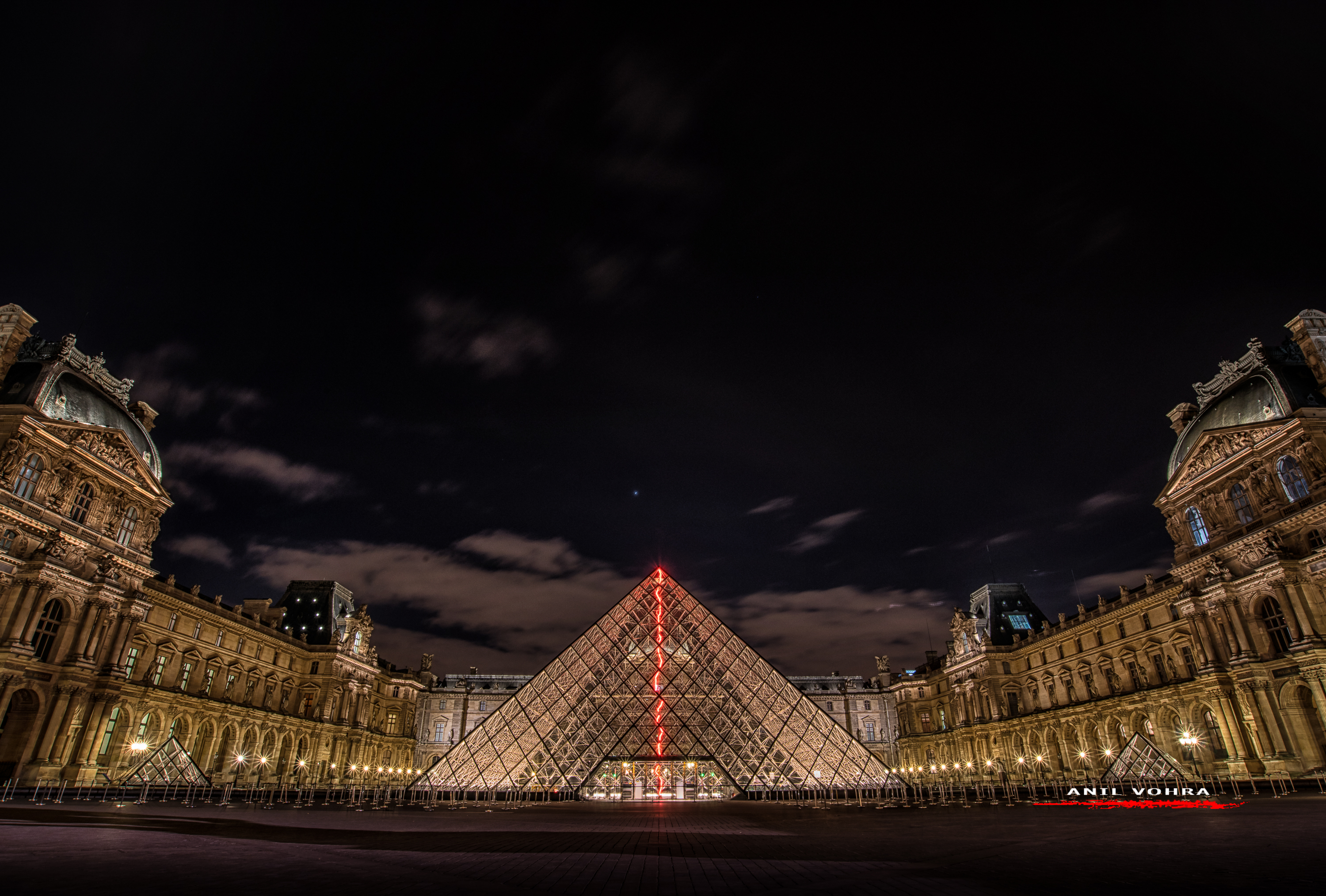
The story unfolds with the opening scenes at the location of the crime which is inside the Louvre, hence we will start out journey from understanding the the locale. I present to you the magnificient Louvre.
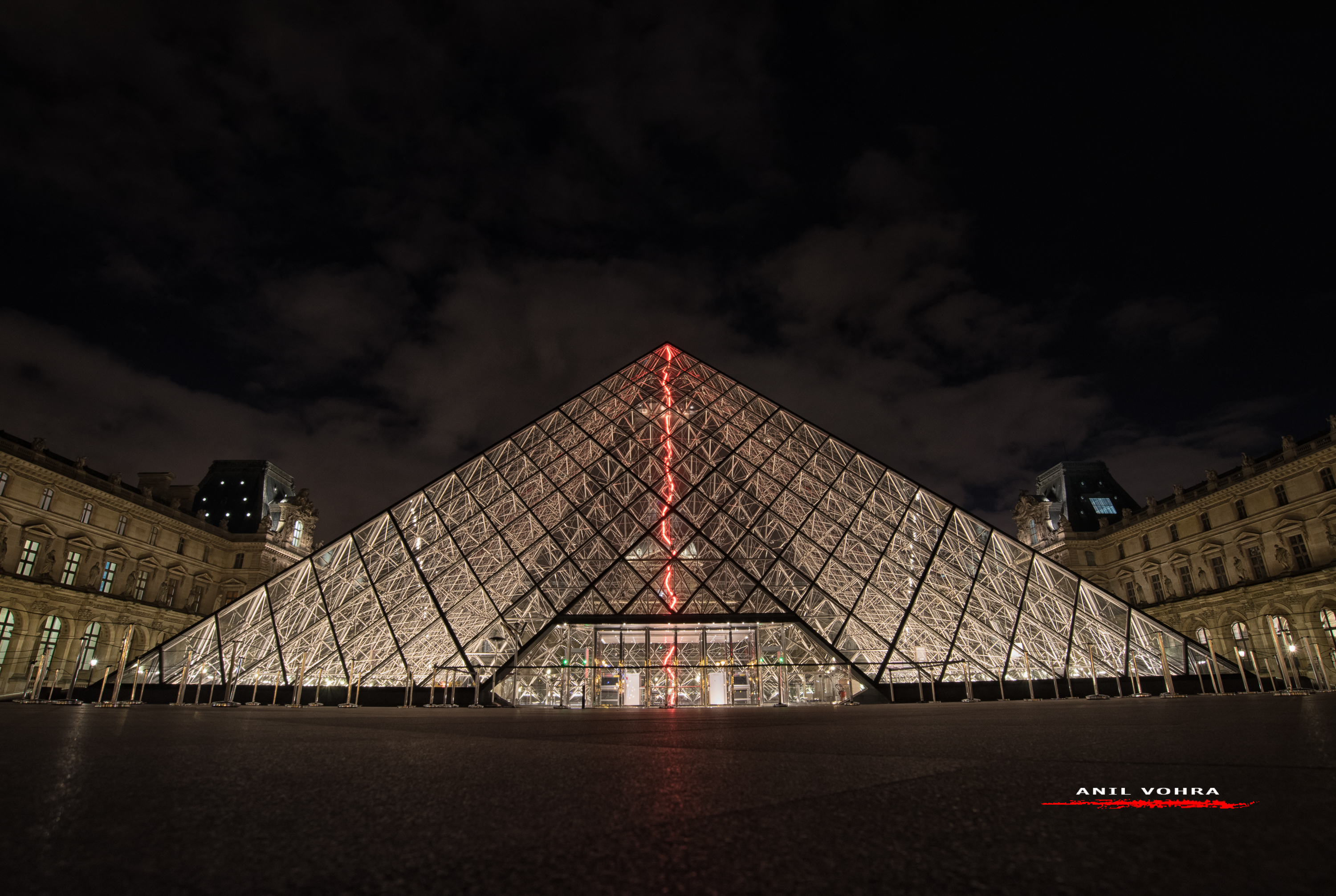
Combined together to create a great experience, The Louvre Pyramid, along with the museum, is the heart of Paris. The contemporary pyramid architecture forms a baroque contrast with the old museum’s outline. In 1981, French president Francois Mitterrand proposed a much needed expansion and modernisation of the museum in what was dubbed the Grand Louvre Project. The objective was also to solve the much confusing layout of the entrances and exits which had remained a maze to many. A relocation of the Ministry of Finance from the Richelieu wing was made to enable the Louvre Museum to occupy the entire U-shaped building. I.M. Pei, a Chinese-American architect, was contracted to restructure the design and merge all wings with a common access point.
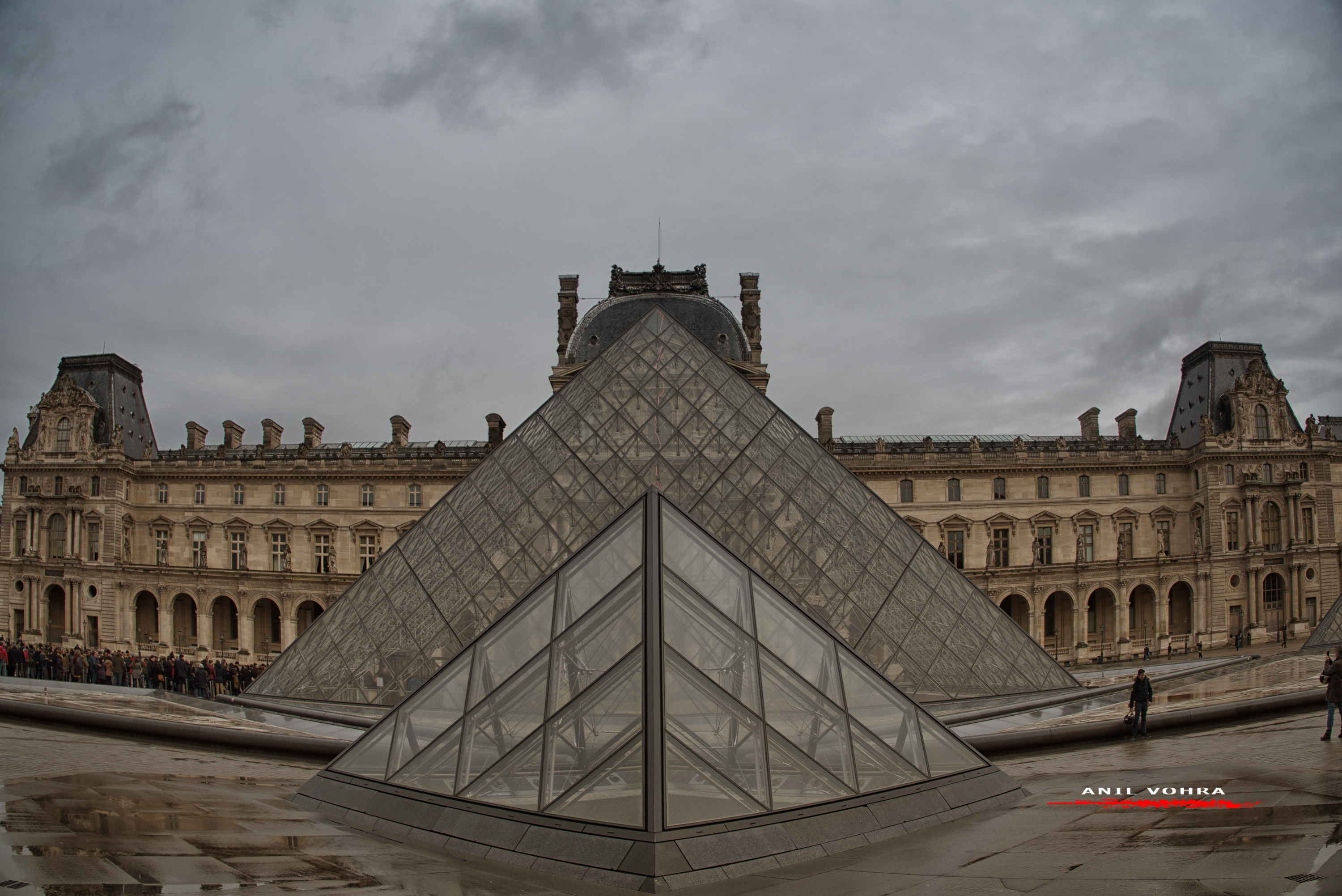
The architect coined the idea to construct a subterranean entrance to the museum in the central Napoleon courtyard with access to the three different arms. In a bid to craft a distinctive structure and yet avoid taking away from the Louvre fortress, Pei settled for a glass pyramid. The pyramid outline would form a beacon in the middle of the square, allowing sufficient space for entrance and other activities without masking the palace behind it. This is the main entrance to the Louvre and have ever running long queue. Thanks to the a complimentary access from my office (they sponsor and support), I could just talk in straight from the VIP access.

The main Louvre Pyramid is complemented by three smaller pyramids as well as sparkly pools with beautiful fountains. Day or night, the glass cladding gives a vivid view of the outside. The diamond and triangular glass panes of the pyramid were specially made to be as transparent as possible. Furthermore, the steel girders that clamp the panes in place are slender and non-obstructive.
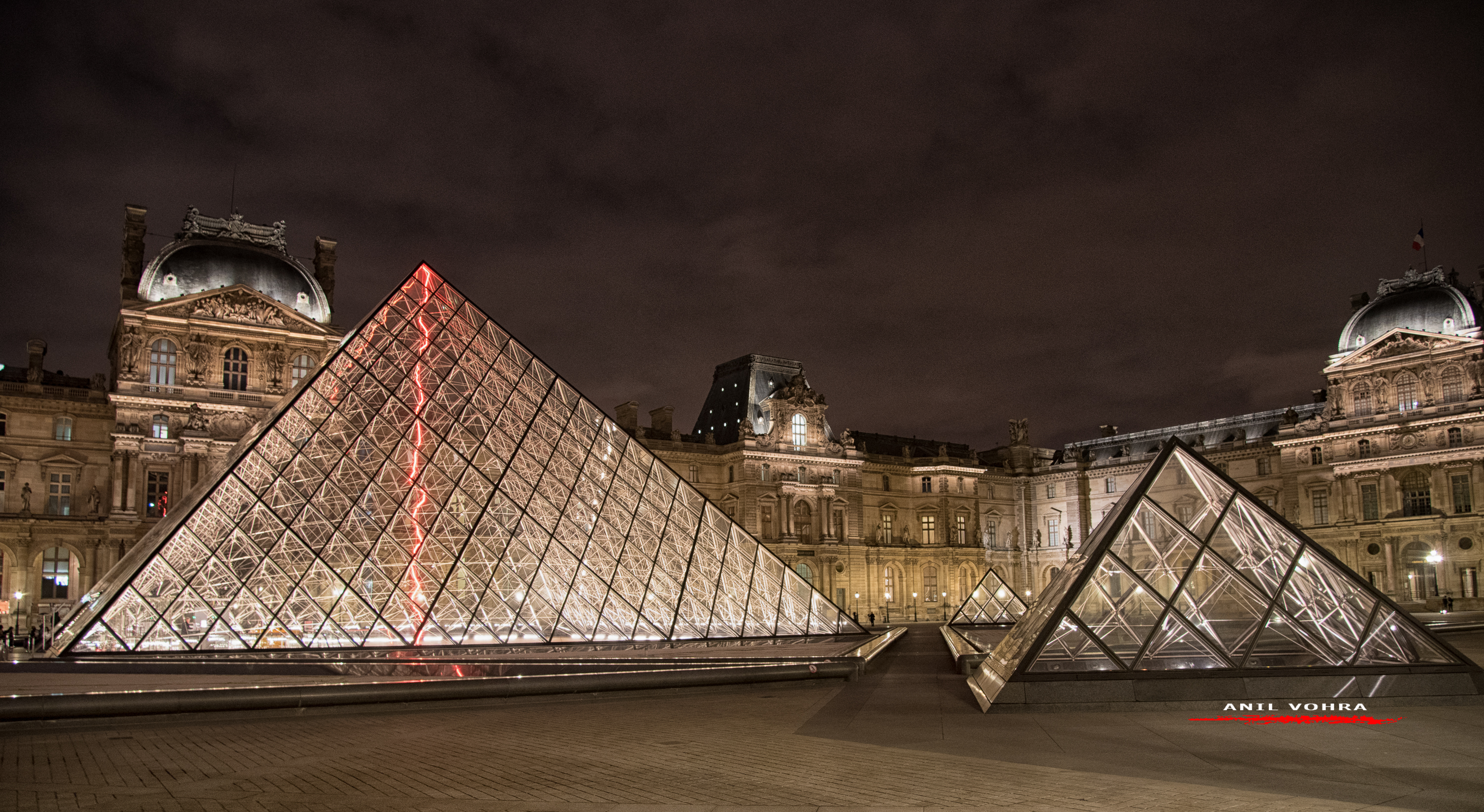
Like Robert Langdon, my trail begins in the Hall Napoléon, which is located under the Pyramid. At the beginning of The Da Vinci Code, Robert Langdon, enters the Louvre through the Pyramid. Entering the the pyramid descends one into the spacious lobby then re-ascend into the main Louvre buildings. So here I was on the quest of the holy grail but I had more mysteries to learn and wonder about.

One of the other exciting one, from the many conspiracy is about the figure of 666 panes of glass in the Pyramid – 666 being “the number of the beast” in the Book of Revelation and often associated with Satan. The story of 666 originated in the mid 1980s, when the official brochure published during construction did indeed cite this number (even twice, though a few pages earlier the total number of panes was given as 672 instead). The number 666 was also mentioned in various newspapers and is believed to be by people opposed to its construction.
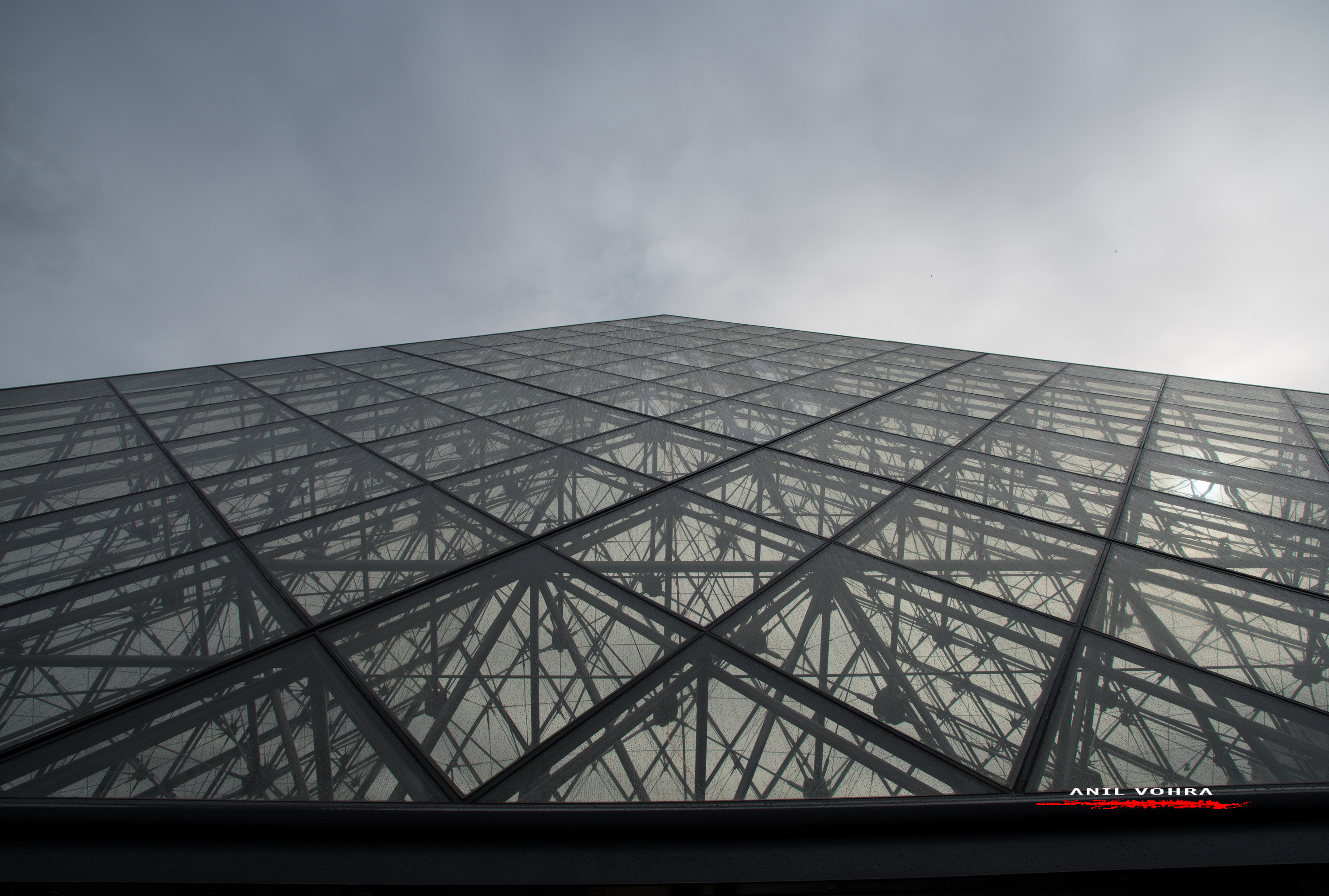
In reality, the Pyramid is made up of 673 diamond-shaped and triangular panes of glass, excluding the doors. The Louvre museum however states that the finished pyramid contains 673 glass panes (603 rhombi and 70 triangles). The myth resurfaced when Dan Brown brings it in The Da Vinci Code, when Robert Langdon reflects that “this pyramid, at President Mitterrand’s explicit demand, had been constructed of exactly 666 panes of glass — a bizarre request.

In 1993, When the Carrousel du Louvre shopping mall was opened in the underpass adjoining the Hall Napoléon, an inverted glass pyramid was constructed. The Pyramide Inversée mirrors (The Inverted Pyramid) Pei’s pyramid and is suspended above a small stone pyramid that illuminates the mall with skylight.
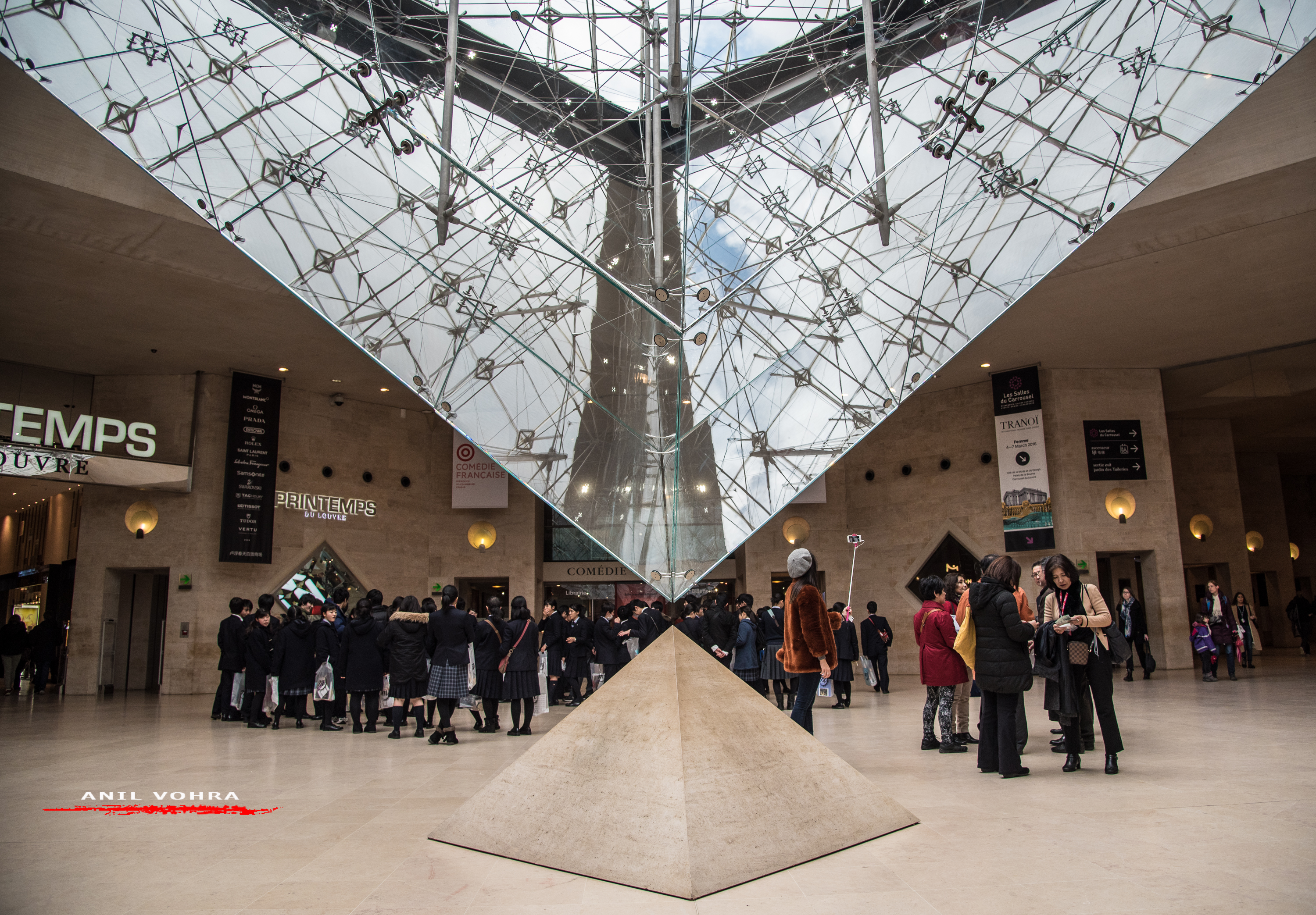
The Da Vinci Code ends at the Inverted Pyramid, whose glass belly can be seen through the windows, in the middle of the Rond-Point. Robert Langdon, reads esoteric symbolism into the two pyramids: The Inverted Pyramid is perceived as a Chalice, a feminine symbol, whereas the stone pyramid below is interpreted as a Blade, a masculine symbol: the whole structure could thus express the union of the genders. Moreover, Brown’s protagonist concludes that the tiny stone pyramid is actually only the apex of a larger pyramid (possibly the same size as the inverted pyramid above), embedded in the floor as a secret chamber. This chamber is said to enclose the body of Mary Magdalene
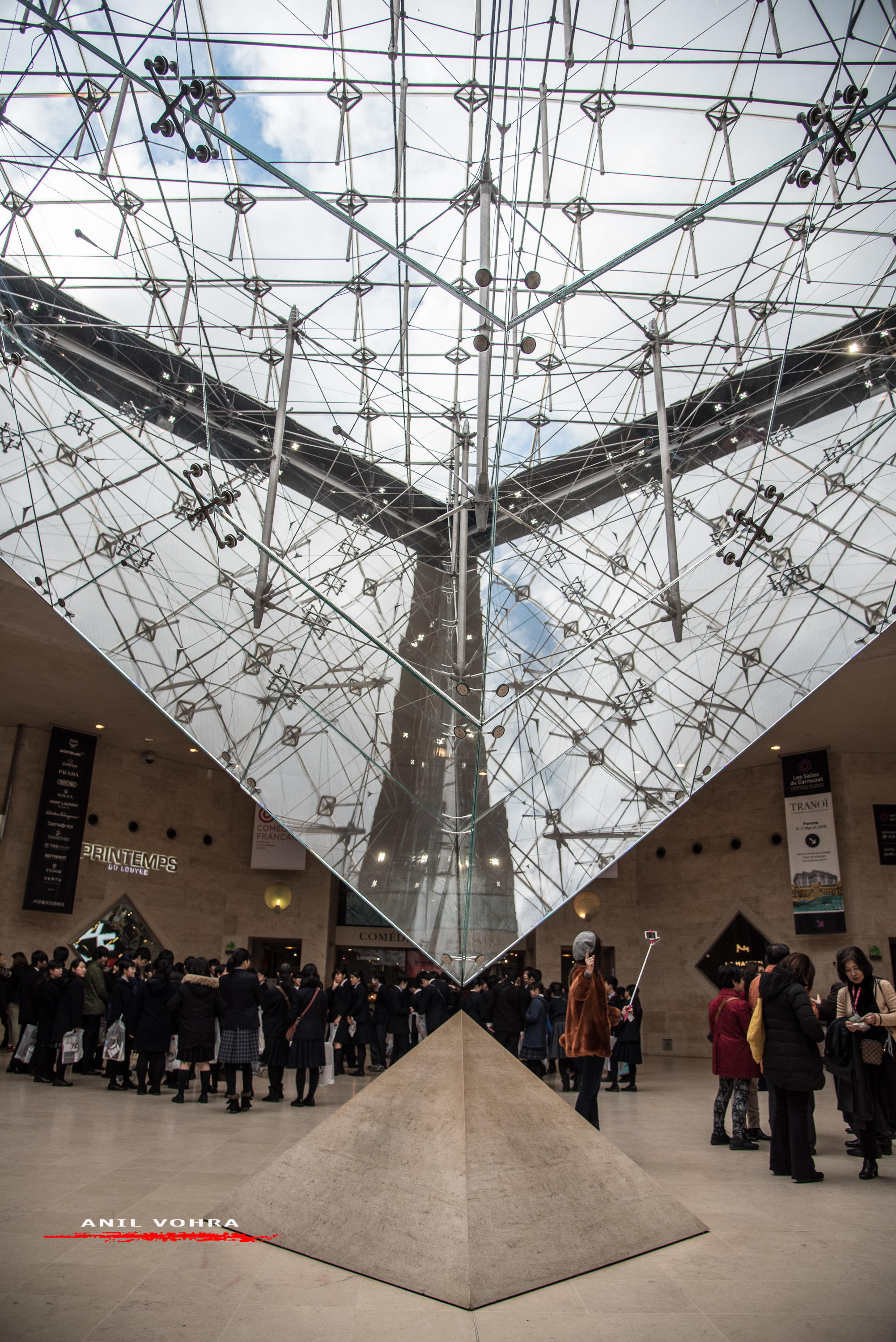
The sarcophagus show below the point in the movie is fictional but 1.2 kilometers from the Inverted Pyramid in the church of Sainte-Marie-Madeleine (the Madeleine) there is a reliquary containing the left thighbone of a woman aged around fifty who died nearly twenty centuries ago. The woman is said to be of the Mediterranean origin. Believe it or not !
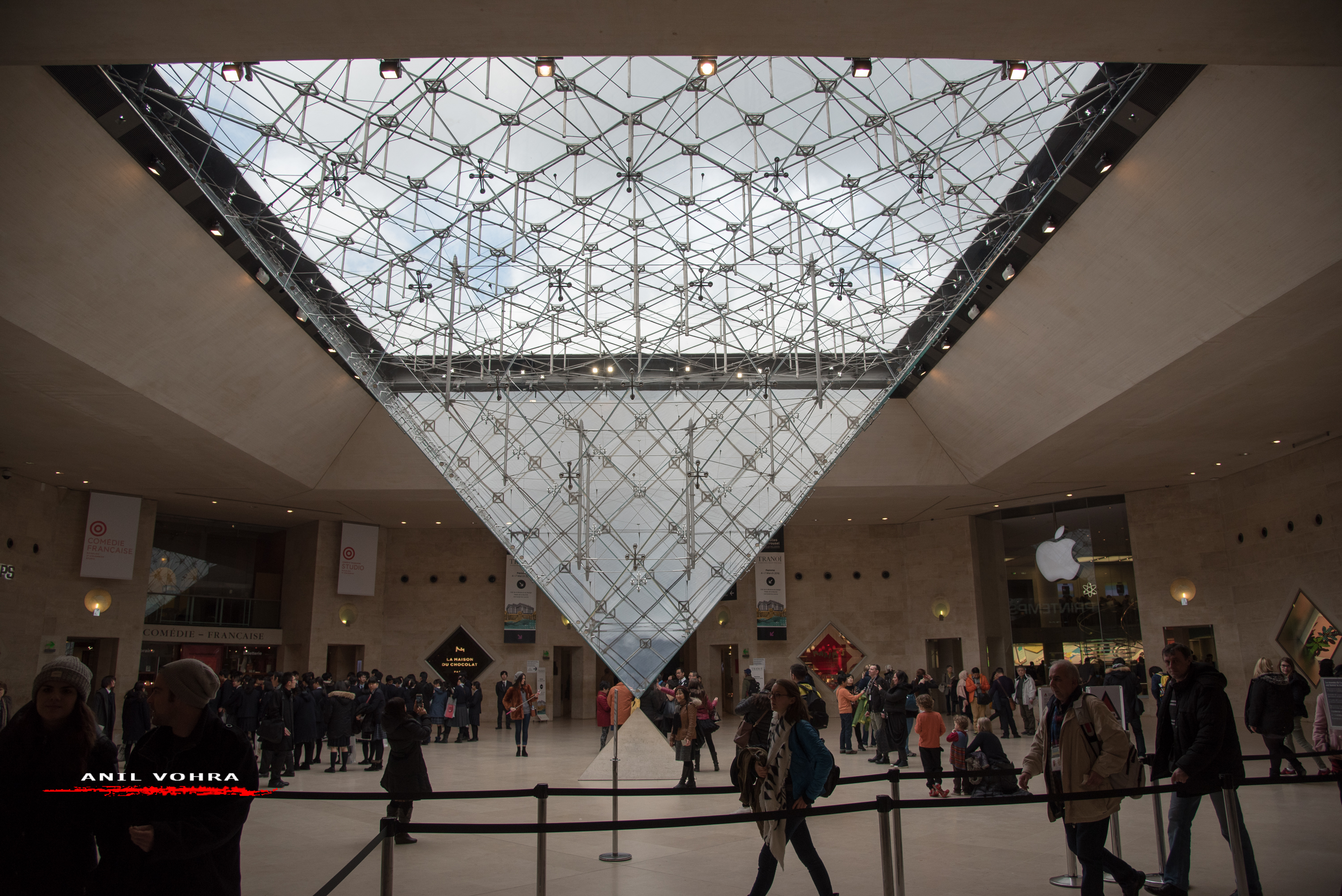
Brown was not the first writer to offer esoteric interpretations of the Inverted Pyramid. In Raphaël Aurillac’s work Le guide du Paris maçonnique the author declares that the Louvre used to be a Masonic temple. To Aurillac, the various glass pyramids constructed in recent decades include Masonic symbolism. Aurillac sees the downward-pointing pyramid as expressing the Rosicrucian motto V.I.T.R.I.O.L. (Visita Interiorem Terrae Rectificandoque / Invenies Occultum Lapidem translated to mean “Visit the interior of the earth and… you will find the secret stone“). Another writer on Masonic architecture, Dominique Setzepfandt, sees the two pyramids as suggesting “the compass and square that together form the Seal of Solomon” as quoted in Da Vinci code again. For me the quest was only till here and the rest to be unfolded in the requests or as they say it “and the story continues….”
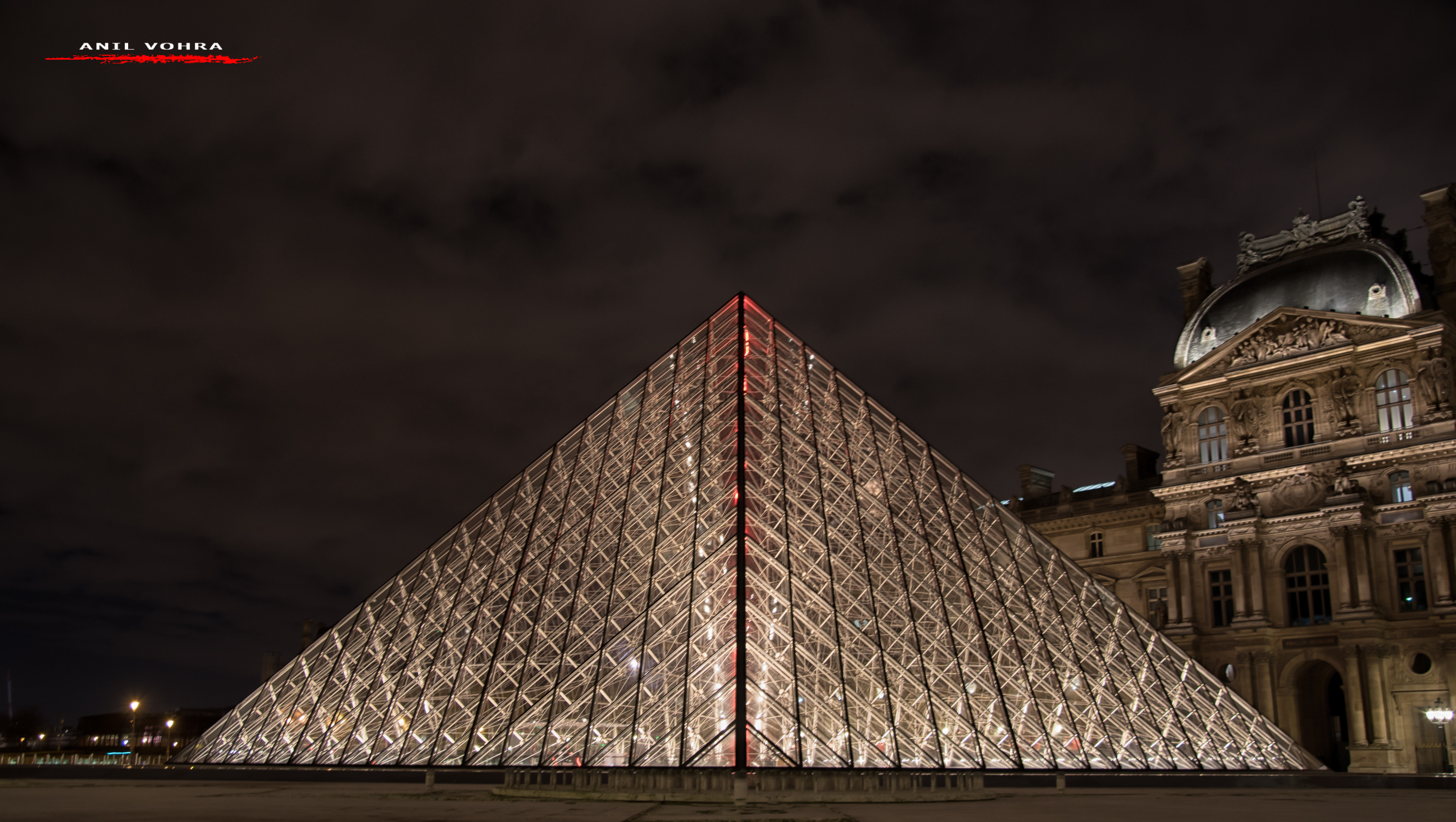
Statutory Warning : Day time visitors might return to the pyramids in the evening to view the pyramids illuminated. In such cases, do follow your instincts 
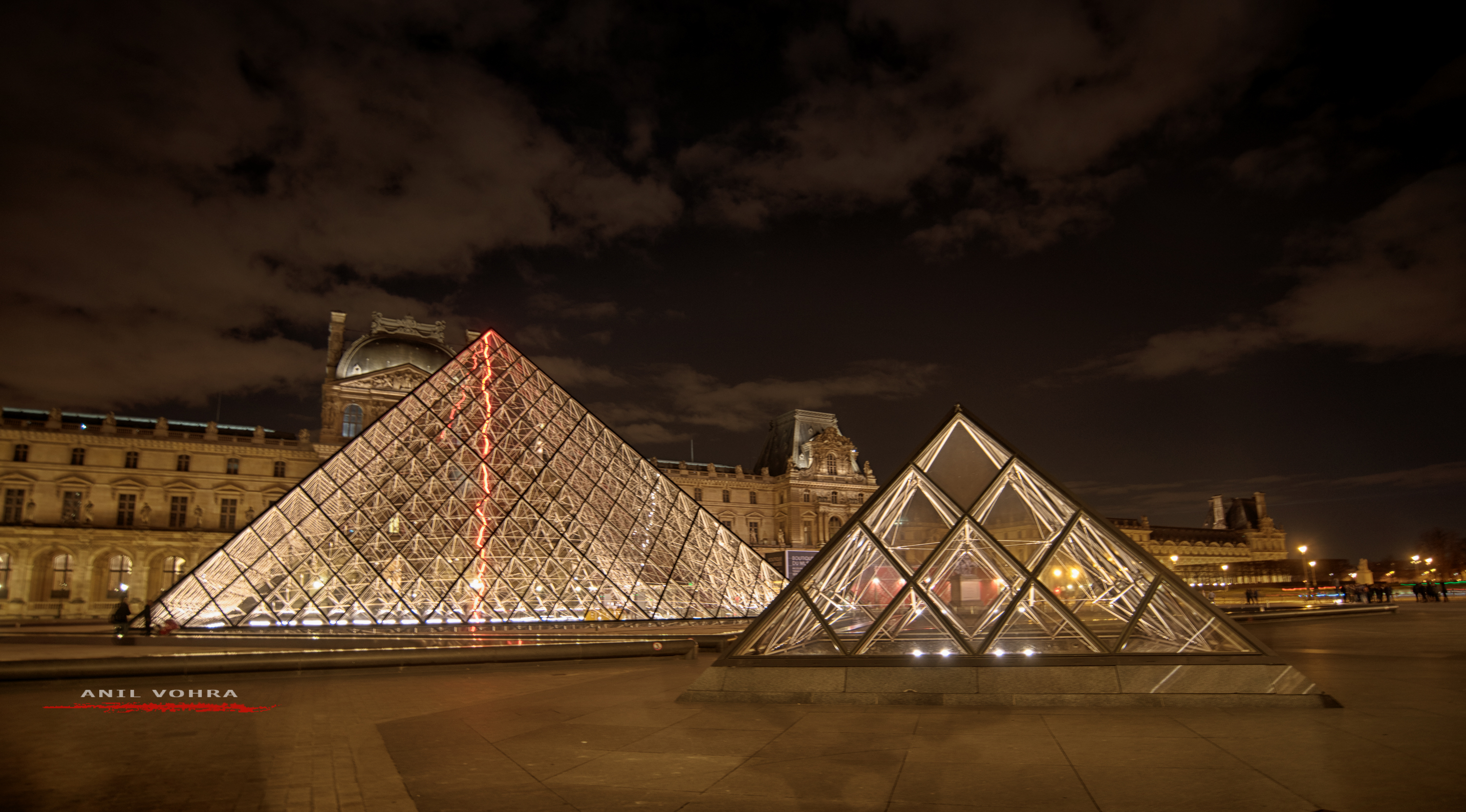
https://anilvohraphotography.wordpress.com/2016/04/25/a-conspiracy-theory-da-vinci-code-and-an-inverted-pyramid/ |
|
|
|
|
Leo Style Tips From Napoleon
Want the ultimate Leo style tips? Read on. The French revolutionary Napoleon Bonaparte was, depending on who you’re talking to, either a military genius or a dangerous megalomaniac. He was also a triple Leo and evidently extremely attractive, although his vanity was legendary.
Born with the Sun, Mercury, and Midheaven in Leo, his self-care rituals – even under ridiculous duress – were metaphysically uplifting and part of his brand. If you’re a Leo or aspiring to overthrow an oppressive regime whilst also becoming an enduring fashion icon, these tips could help. Actually, their timeless nature makes them inspirational for anyone seeking to bust a style rut.
(1) Shun the cold. While perfectly capable of waging military campaigns in freezing weather, Napoleon insisted every room in any house he was in was bright, warm, and well-lit. Additionally, he always kept his neck warm and the back of his neck covered – suggesting a Traditional Chinese Medicine influence. In T.C.M, some winds can be pathogens and the back of the neck is particularly vulnerable.
(2) Create your own cologne and use it liberally. Napoleon loathed bad smells and went through liters of cologne a week. The two most associated with him were called Aqua Mirabilis (Miracle Water) and St Helena’s Cologne. They were both aromatics with loads of therapeutic and vitality-boosting herbal essences: lemon, thyme, and rosemary in particular. He splashed them on continuously and claimed they helped him think – rosemary is apparently brilliant for the brain. He was said to have smelled sensational.*
Napoleon Used Litres Of Cologne A Week
(3) Avoid dark clothes. Napoleon’s aversion to them went so far that he did not like to spend too much time with people wearing black or blue. For someone as Leo as he was this sort of makes sense – he identified with the Sun and with daylight. Or, in an era when people in mourning would don somber clothes for months to signal bereavement, he may have been superstitious.
(4) Consider Cat Naps. This apparently is not good for you because you never get REM sleep but Napoleon slept approximately six to seven hours of every 24 hours but in increments – an hour here, three hours there.
(5) Power-bathing. Napoleon took many meetings in his bath – usually with rose water and almond milk to soften his skin – and considered the ideas he hatched there to be among his best.
Take All Meetings In The Bath
(6) Diligent Dry-Brushing. Centuries before it was a fashionable, standard detox recommendation, Napoleon was dry skin brushing with some form of loofah every single morning.
(7) See positivity as self-discipline. He thought it was poor form to talk about fatigue, particularly when you were the boss of everything, and was obsessive about maintaining a cheerful demeanor.
(8) Adopt a talismanic personal symbol. Napoleon’s was the Bee and he had it embroidered or emblazoned onto practically everything he wore. You can see his groovy occult Bee and Serpent belt buckle below.
*Napoleon wore SO much cologne that some historians suspected that it might have killed him. But the winning theory seems to be that his enemies poisoned him with arsenic when he was in exile on the island of St Helena.
https://mysticmedusa.com/zodiac-fashion/better-living-tips-from-napoloeon/ |
|
|
|
|
Pyramid of Austerlitz
The Pyramid of Austerlitz is a 36-metre-high pyramid of earth, built in 1804 by Napoleon's soldiers on one of the highest points of the Utrecht Hill Ridge, in the municipality of Woudenberg, the Netherlands.[1] Atop the pyramid is a stone obelisk from 1894.
 An 1805 engraving of the Pyramid of Austerlitz by Louis-Pierre Baltard
In 1804, the French General Auguste de Marmont established an army camp (le Camp d'Utrecht) in this central location in the Batavian Republic, the present Netherlands, where over a period of several months he forged together various battalions into a large, well-trained army, capable of beating the British enemy should there be any repetition of the invasion of 1799. In the autumn of 1804, satisfied with the military power of the new army, and to occupy his bored soldiers, Marmont had his soldiers build an earth and turf monument inspired by the Great Pyramid of Giza, which Marmont had seen in 1798 during Napoleon's Egyptian campaign. Even the erosion-exposed stepped surface was imitated. Construction lasted 27 days. The pyramid hill was 36 metres (118 ft) high, and surmounted by a 13-metre (43 ft) wooden obelisk. It was named "Mont Marmont" or "Marmontberg".
In the summer of 1805, Marmont departed with his army to southern Germany to fight in the War of the Third Coalition, which culminated in the Battle of Austerlitz (now Slavkov u Brna), the battle in which Napoleon decisively defeated the Russians and Austrians.
In 1806, despite protests from Marmont, Louis Bonaparte, the new king of Holland, renamed the hill the Pyramid of Austerlitz, and gave the same name to the trading post at the nearby camp of Bois-en-Ville.
After leaving the Netherlands in 1805, Marmont gave the monument and the use of the nearby homestead Henschoten to three soldiers, Louis Faivre, Jean Baptiste La Rouche and Barend Philpsz, who were also to maintain the pyramid. Nevertheless, the wooden obelisk soon deteriorated, and was demolished in 1808. In 1816 the Marmont pyramid and its associated land were sold to the future mayor of Utrecht, Hubert MAJ van Asch van Wijk.
In 1894, Johannes Bernardus de Beaufort, who both owned the Henschoten estate on which the pyramid stood and was mayor of Woudenberg, had the current stone obelisk built on the pyramid. This also began to collapse.
 The Pyramid of Austerlitz in 2002, during its restoration
In view of its 200th anniversary in 2004, the highly dilapidated pyramid was restored between 2001 and 2004. This was done on the initiative of the province of Utrecht, the Den Treek-Henschoten estate and the municipality of Woudenberg, which had previously set up the Austerlitz Pyramid Foundation.
The very dry summer of 2003, followed by heavy rain in 2004, caused further subsidence, and restoration was resumed in 2007. The pyramid was reopened to visitors in 2008, along with a new visitor centre interpreting the period of French rule in the Netherlands. Further piling was carried out in 2010 and 2012 to stabilise the mound.
The Pyramid of Austerlitz is an inspiration for the larger Lion of Waterloo, the pyramid built by King William I as a monument to the Battle of Waterloo where Napoleon was defeated. The mound marks the spot where his son William II was injured.
The Pyramid is a national monument, monument number 39543.
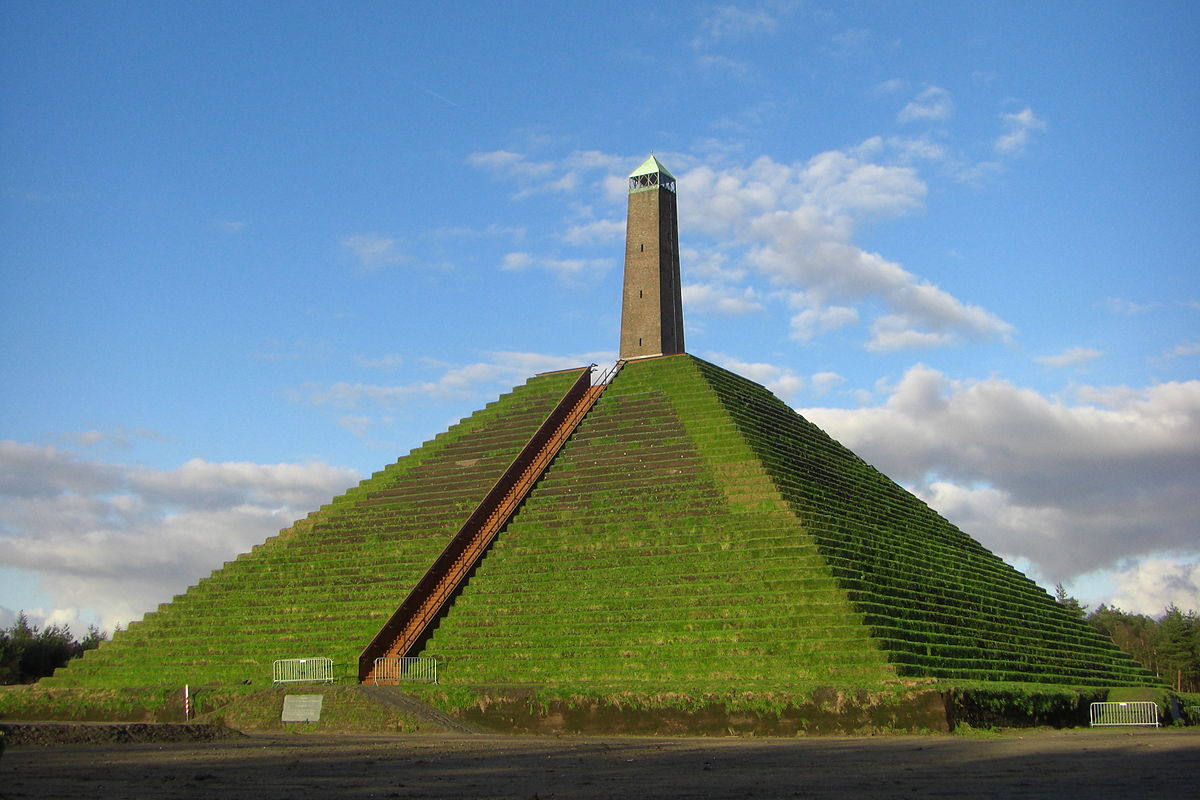 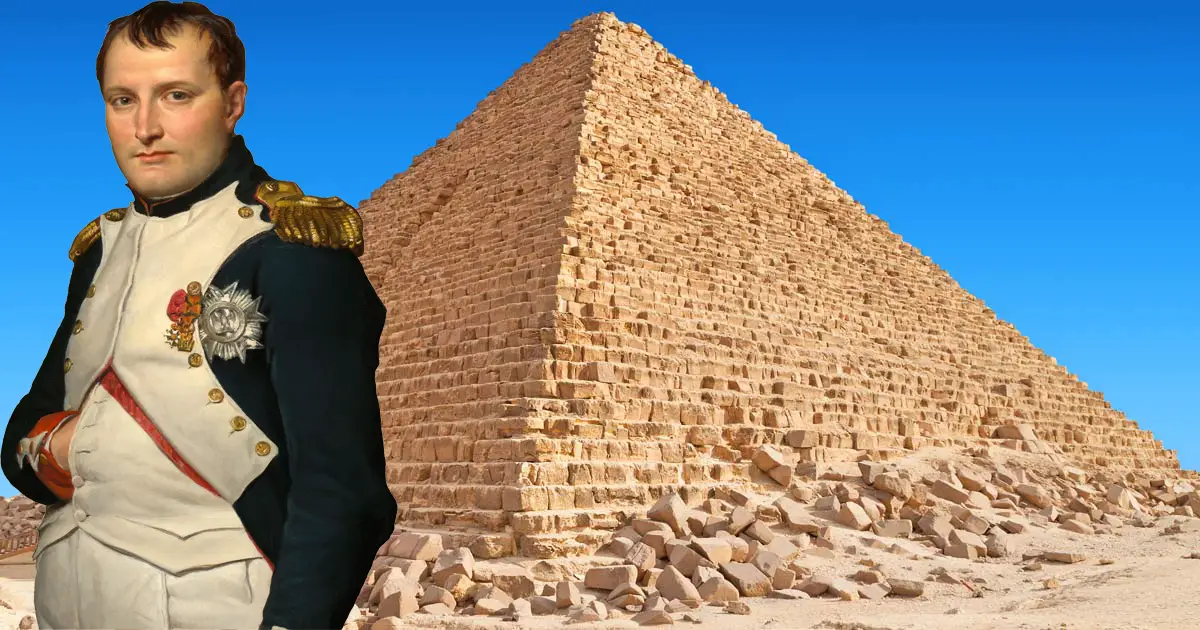   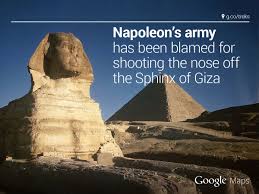
1/3-24/3 =24 DIAS
25/3-17/4=48 DIAS
18/4-11/5=72 DIAS
12/5-4/6 =96 DIAS=24*4
5/6-28/6 =120 DIAS (RADIAN=6.28)=24*5
29/6-22/7= 144 DIAS (DIA DE MARIA MAGDALENA 24X6)=HOLY WEEK/HOLY FRIDAY=24*6 REVELATION 21:17
23/7-15/8=168 DIAS (ASUNCION DE LA VIRGEN=227 GREGORIANO)=24*7
16/8-8/9 =192 DIAS =24*8
9/9-2/10= 216 DIAS =24*9
3/10-26/10=240 DIAS=24*10
27/10-19/11=264 DIAS=24*11
20/11-13/12=288 DIAS=24*12
14/12-6/1=312 DIAS=24*13 REYES MAGOS

 August 13 New Moon 0% |
 August 14 Waxing Crescent 2%
|
August 15
Waxing Crescent
Illumination: 5% |
 August 16 Waxing Crescent 10%
|
 August 17 Waxing Crescent 17%
|
Moon Phase: August 15, 1969
On this day the Moon was in a Waxing Crescent Phase. Best seen in the west after the sun dips below the horizon at sunset. This is the first Phase after the New Moon and is a great time to see the features of the moon's surface. The moon is close to the sun in the sky and mostly dark except for the right edge of the moon which becomes brighter as the days get closer to the next phase which is a First Quarter with a 50% illumination.
Visit the August 1969 Moon Phases Calendar to see all the daily moon phase for this month.
Waxing Crescent Phase
The Waxing Crescent on August 15 has an illumination of 5%. This is the percentage of the Moon illuminated by the Sun. The illumination is constantly changing and can vary up to 10% a day. On August 15 the Moon is 2.11 days old. This refers to how many days it has been since the last New Moon. It takes 29.53 days for the Moon to orbit the Earth and go through the lunar cycle of all 8 Moon phases.
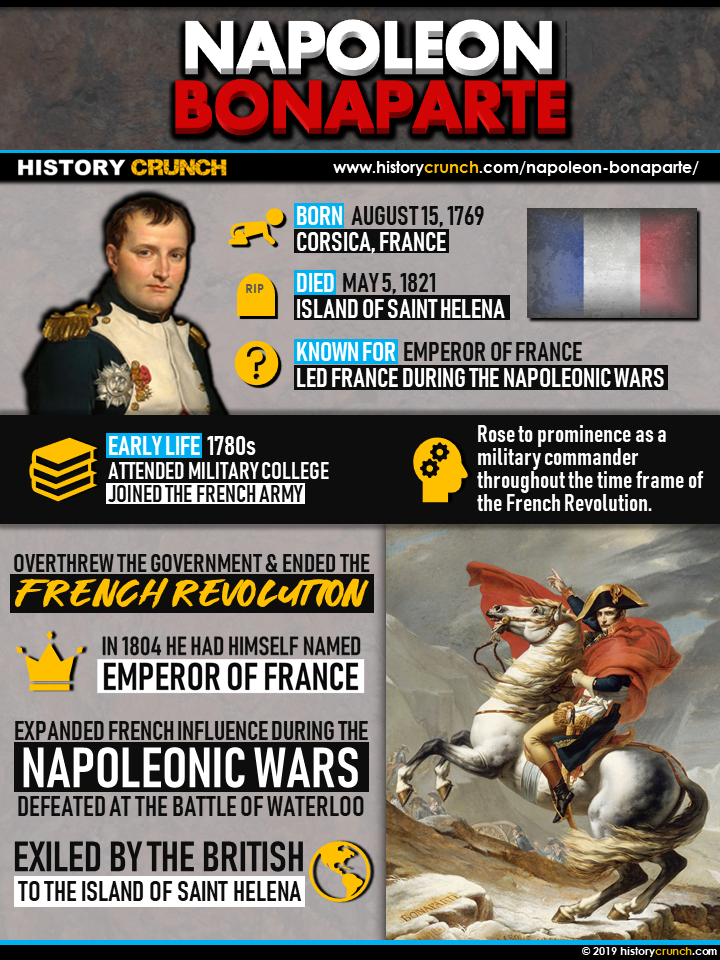
|
|
|
|
|
Earth from Space – Arc de Triomphe, Paris
Status Report
May 13, 2022

Arc de Triomphe, Paris.
ESA
This striking, high-resolution image of the Arc de Triomphe, in Paris, was captured by Planet SkySat – a fleet of satellites that have just joined ESA’s Third Party Mission Programme in April 2022.
The Arc de Triomphe, or in full Arc de Triomphe de l’Étoile, is an iconic symbol of France and one of the world’s best-known commemorative monuments. The triumphal arch was commissioned by Napoleon I in 1806 to celebrate the military achievements of the French armies. Construction of the arch began the following year, on 15 August (Napoleon’s birthday).
The arch stands at the centre of the Place Charles de Gaulle, the meeting point of 12 grand avenues which form a star (or étoile), which is why it is also referred to as the Arch of Triumph of the Star. The arch is 50 m high and 45 m wide.
The names of all French victories and generals are inscribed on the arch’s inner and outer surfaces, while the Tomb of the Unknown Soldier from World War I lies beneath its vault. The tomb’s flame is rekindled every evening as a symbol of the enduring nature of the commemoration and respect shown to those who have fallen in the name of France.
The Arc de Triomphe’s location at the Place Charles de Gaulle places it at the heart of the capital and the western terminus of the Avenue des Champs-Élysées (visible in the bottom-right of the image). Often referred to as the ‘most beautiful avenue in the world’, the Champs-Élysées is known for its theatres, cafés and luxury shops, as the finish of the Tour de France cycling race, as well as for its annual Bastille Day military parade.
This image, captured on 9 April 2022, was provided by Planet SkySat – a fleet of 21 very high-resolution satellites capable of collecting images multiple times during the day. SkySat’s satellite imagery, with 50 cm spatial resolution, is high enough to focus on areas of great interest, identifying objects such as vehicles and shipping containers.
SkySat data, along with PlanetScope (both owned and operated by Planet Labs), serve numerous commercial and governmental applications. These data are now available through ESA’s Third Party Mission programme – enabling researchers, scientists and companies from around the world the ability to access Planet’s high-frequency, high-resolution satellite data for non-commercial use.
Within this programme, Planet joins more than 50 other missions to add near-daily PlanetScope imagery, 50 cm SkySat imagery, and RapidEye archive data to this global network.
Peggy Fischer, Mission Manager for ESA’s Third Party Missions, commented, “We are very pleased to welcome PlanetScope and SkySat to ESA’s Third Party Missions portfolio and to begin the distribution of the Planet data through the ESA Earthnet Programme.
“The high-resolution and high-frequency imagery from these satellite constellations will provide an invaluable resource for the European R&D and applications community, greatly benefiting research and business opportunities across a wide range of sectors.”
To find out more on how to apply to the Earthnet Programme and get started with Planet data, click here.
– Download the full high-resolution image.
|
|
|
|
|
The Arc de Triomphe, or in full Arc de Triomphe de l’Étoile, is an iconic symbol of France and one of the world’s best-known commemorative monuments. The triumphal arch was commissioned by Napoleon I in 1806 to celebrate the military achievements of the French armies. Construction of the arch began the following year, on 15 August (Napoleon’s birthday).
|
|
|
|
|
Foundation stone. On August 15, 1806, Emperor Napoleon I's birthday, the foundation stone of the building was laid at a depth of eight meters, between the two southern pillars. |
|
|
|
|
Foundation stone
On August 15, 1806, Emperor Napoleon I's birthday, the foundation stone of the building was laid at a depth of eight meters, between the two southern pillars. On the lead sheet covering the stone, the inscription reads:
In 1806, on the fifteenth of August, the anniversary of the birth of his majesty Napoleon the Great, this stone was the first to be laid in the foundation of this monument.
The Minister of the Interior M. de Champagny
|
|
|
|
|
|
|
Walter Scott
| Walter Scott |
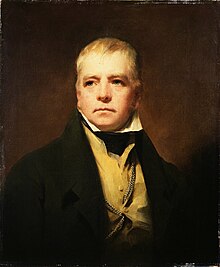 |
| Información personal |
| Apodo |
Border Minstrel  |
| Nacimiento |
15 de agosto de 1771
Edimburgo, Escocia, |
| Fallecimiento |
21 de septiembre de 1832 (61 años)
Abbotsford House, Melrose, Escocia |
| Causa de muerte |
Accidente cerebrovascular  |
| Sepultura |
Abadía de Dryburgh |
| Residencia |
Abbotsford House  |
| Nacionalidad |
Escocia |
| Lengua materna |
Inglés  |
| Familia |
| Padres |
Walter Scott 
Anne Rutherford  |
| Cónyuge |
Charlotte Carpenter (Charpentier) |
| Hijos |
4  |
| Educación |
| Educado en |
|
| Información profesional |
| Ocupación |
novelista, poeta, abogado, Sheriff de Selkirkshire |
| Años activo |
siglo xix |
| Cargos ocupados |
Juez  |
| Movimiento |
Romanticismo |
| Seudónimo |
Jedediah Cleishbotham, Laurence Templeton, Somnambulus, Malachi Malagrowther, Clutterbuck y Lawrence Templeton  |
| Lengua literaria |
inglés |
| Géneros |
Novela histórica, poesía, teatro y Romanticismo  |
| Obras notables |
|
| Miembro de |
|
| Distinciones |
- Baronet
- Miembro de la Sociedad Real de Edimburgo

|
| Firma |
 |
|
|
Walter Scott, primer baronet (Edimburgo, Escocia, 15 de agosto de 1771-Abbotsford House, 21 de septiembre de 1832), fue un escritor británico prolífico del Romanticismo de acción, especializado en novelas históricas, género del que se le puede considerar inventor,1 además de ser poeta y editor. Fue conocido en toda Europa en su época, y, en cierto sentido, fue el primer autor que tuvo una verdadera carrera internacional en su tiempo, con muchos lectores contemporáneos en Europa, Australia y Norteamérica.[cita requerida]
Sus novelas históricas y, en menor medida, su poesía, aún se leen, pero hoy es menos popular de lo que fue en la cumbre de su éxito. A pesar de ello, muchas de sus obras siguen siendo clásicos en la literatura inglesa y específicamente escocesa. Algunos de sus títulos más famosos son Ivanhoe, Rob Roy, The Lady of the Lake, Waverley y The Heart of Midlothian.
Aunque recordado principalmente por sus extensas obras literarias y su compromiso político, Scott fue abogado, juez y administrador legal de profesión, y a lo largo de su carrera combinó su trabajo de redacción y edición con su ocupación diaria como secretario de sesión y alguacil-diputado de Selkirkshire.
Scott, un miembro destacado del establecimiento conservador en Edimburgo, fue miembro activo de la Highland Society, sirvió durante un largo período como presidente de la Royal Society of Edinburgh (1820-1832) y fue vicepresidente de la Society of Antiquaries of Scotland (1827-1829).
Nació en College Wynd, en Edimburgo en 1771; era hijo de un abogado. El joven Walter Scott sobrevivió a un ataque de polio en su infancia que lo dejó cojo de la pierna derecha de por vida. Para restaurar su salud, lo enviaron a vivir durante varios años a la región rural de los Borders (en el sureste de Escocia, fronterizo con Inglaterra) durante siete meses para estabilizar su enfermedad. Allí vivió en la granja de sus abuelos en Sandyknowe. Aprendió el habla de la zona, así como los cuentos y leyendas que caracterizarían gran parte de su trabajo. Su estado de salud motivó también que pasara parte de su infancia en la ciudad balnearia de Bath, en Inglaterra.
Después de estudiar Derecho en la Universidad de Edimburgo, siguió los pasos de su padre y se hizo abogado en Edimburgo. Como empleado de un abogado hizo su primera visita a las Tierras Altas escocesas, para ejecutar un desahucio.
Scott estaba enamorado de Williamina Belsches de Fettercairn, a quien le había propuesto matrimonio varias veces. A pesar de que ella había sido ambigua al contestarle, Scott esperaba que tarde o temprano aceptara. Pero en 1796, Scott se fue a un viaje, y cuando regresó se dio cuenta de que Williamina se estaba enamorando de William Forbes, VII.º baronet de Pitsligo y uno de sus amigos, con quien ella terminaría casándose (más tarde tendrían al científico James David Forbes). Cuando se anunció el compromiso entre Belsches y Forbes, Scott primero se enfadó mucho con ella. Aunque Scott sufrió una decepción amorosa y un sentimiento de dolor que se quedaría en él durante un tiempo, después comprendió que ella no quería hacerle daño.23 Scott seguiría siendo amigo de Forbes, a quien después de morir, aludiría en Marmion,4 y en una carta donde lo describía como un buen amigo.5
|
|
|
|
|
|
 Primer
Primer
 Anterior
2 a 16 de 16
Siguiente
Anterior
2 a 16 de 16
Siguiente
 Último
Último

|
|
| |
|
|
©2025 - Gabitos - Todos los derechos reservados | |
|
|




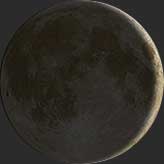




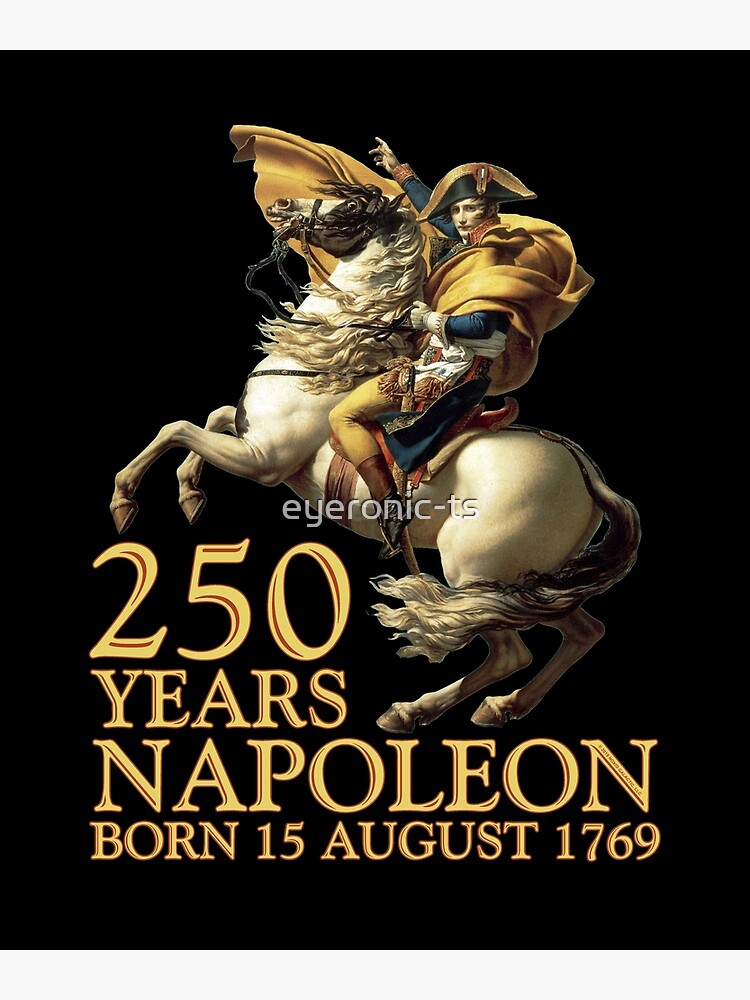



.jpg)















